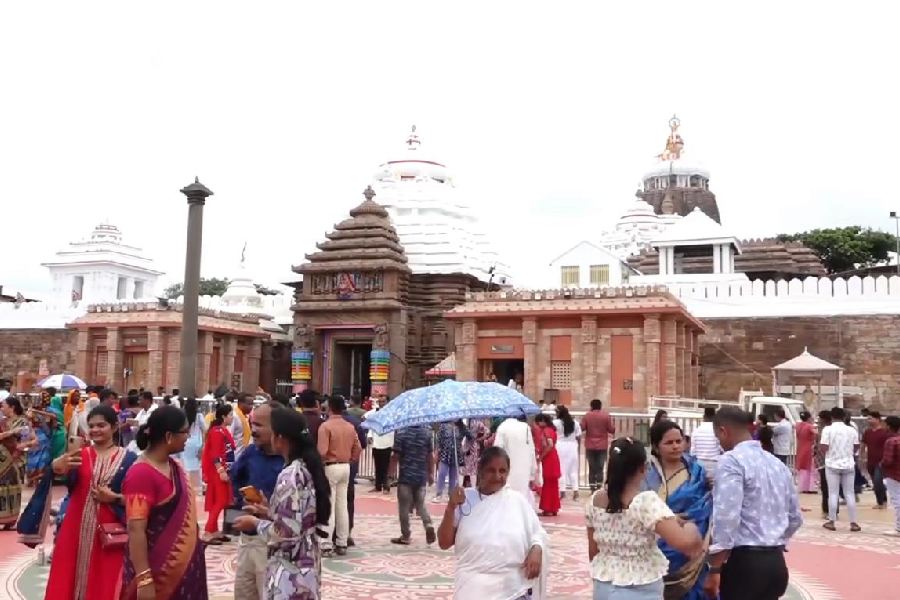Puri, Odisha: The Ratna Bhandar, the treasury of the revered 12th-century Jagannath Temple in Puri, witnessed a historic reopening this Sunday afternoon after being sealed for 46 years. This significant event drew the attention of devotees, historians, and the general public, marking a momentous occasion in the temple’s rich history.
The reopening was graced by the presence of several eminent personalities. Former Orissa High Court judge Biswanath Rath played a pivotal role in the proceedings, alongside Shree Jagannath Temple Administration (SJTA) chief administrator Arabinda Padhee. The Archaeological Survey of India (ASI) was represented by Superintendent DB Gadanayak, ensuring that the process adhered to both legal and preservation standards. Additionally, a representative of Puri’s titular king, Gajapati Maharaja, was in attendance, signifying the event’s cultural and historical importance.
Four temple servitors—Patjoshi Mohapatra, Bhandar Mekap, Chadhaukarana, and Deulikaran—participated in the historic reopening. Their involvement underscored the deep-rooted traditions and rituals associated with the temple’s operations and the significance of the Ratna Bhandar within the religious framework.

Before the actual reopening of the Ratna Bhandar, the ritual of ‘Agnya’ was completed in the morning. This ceremony is a vital part of the temple’s practices, where divine approval is sought for significant actions, ensuring that they align with spiritual mandates and the blessings of the deities. The successful completion of this ritual paved the way for the treasury’s doors to be opened.
The Ratna Bhandar is an integral part of the Jagannath Temple, housing precious ornaments and jewels dedicated to the deities Jagannath, Subhadra, and Balabhadra. These treasures have been collected over centuries, donated by devout followers and former kings who sought to honor the deities with their offerings.
The treasury is divided into two chambers: the outer chamber (Bahara Bhandar) and the inner chamber (Bhitara Bhandar). The outer chamber has been accessed occasionally for special events, such as the Suna Besha (golden attire) during the annual Rath Yatra. However, the inner chamber, which holds the most valuable items, has remained sealed. The last comprehensive inventory of the Ratna Bhandar was conducted in 1978, making the reopening a significant event for updating records and assessing the treasury’s current state.
Given the immense value of the treasures and the historical significance of the event, security was a top priority. A robust security arrangement was implemented, with 15 platoons of police deployed across Puri to maintain order and ensure the safety of the proceedings. Within the temple premises, 5 platoons were stationed to oversee the reopening process and manage the influx of devotees and officials.
The reopening of the Ratna Bhandar after nearly half a century is a landmark event, not just for the temple but for the cultural heritage of Odisha and India. The Jagannath Temple is a pivotal site of worship and pilgrimage, attracting millions of devotees each year. The treasures housed within the Ratna Bhandar are not merely items of material wealth but are imbued with deep spiritual and cultural significance, representing centuries of devotion and reverence.
The reopening of the Ratna Bhandar stands as a testament to the enduring legacy of the Jagannath Temple, bridging the past with the present and paving the way for continued reverence and preservation of one of India’s most sacred sites.